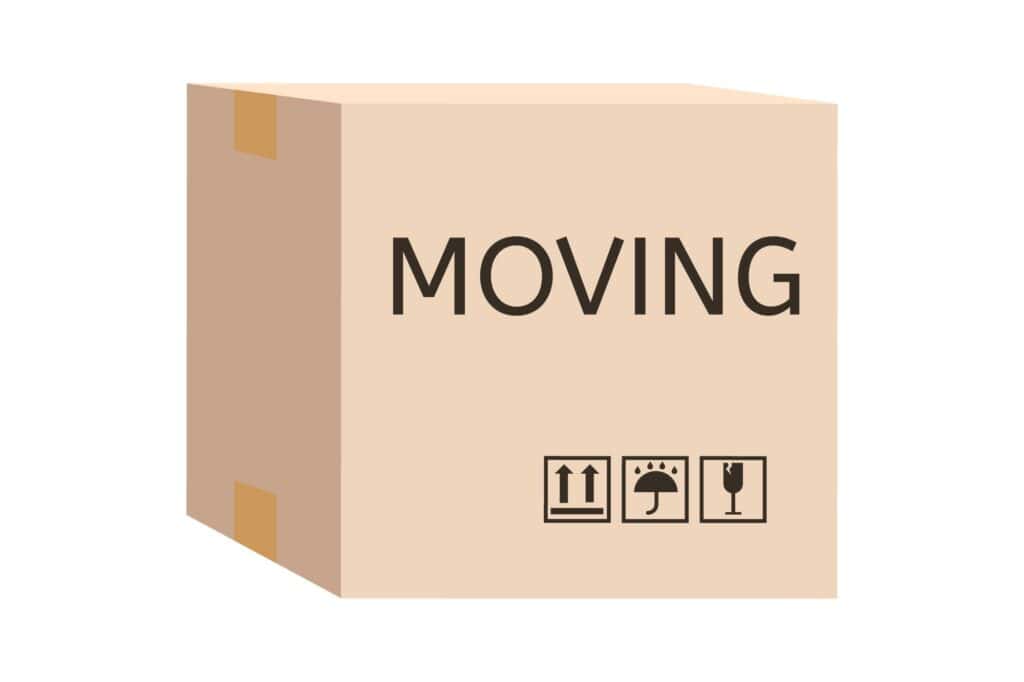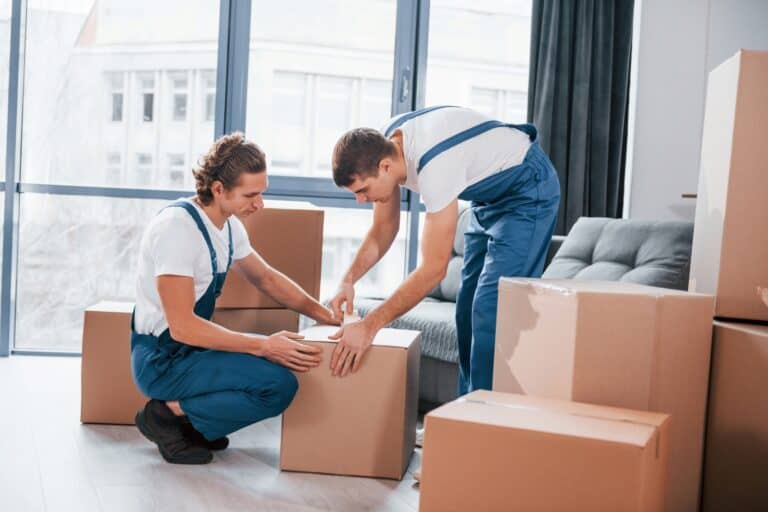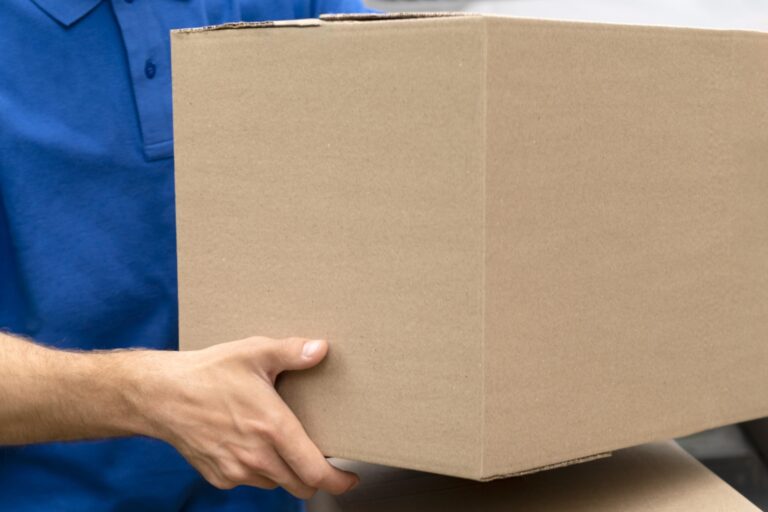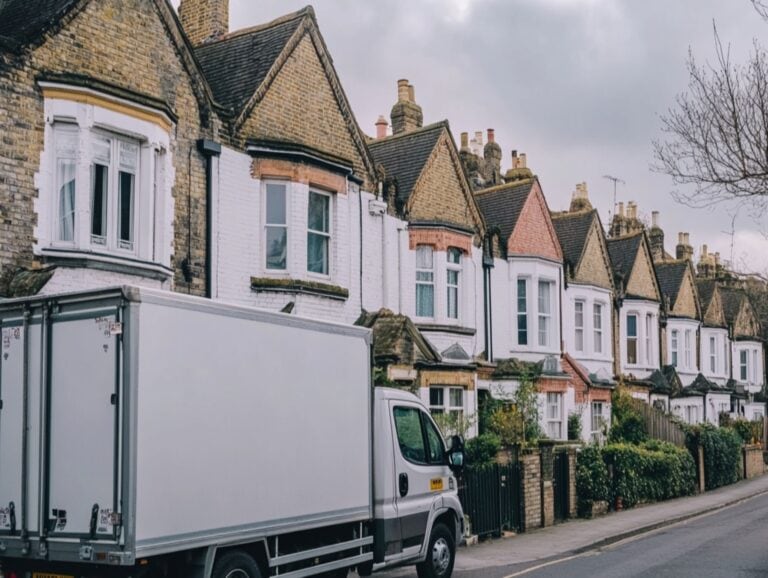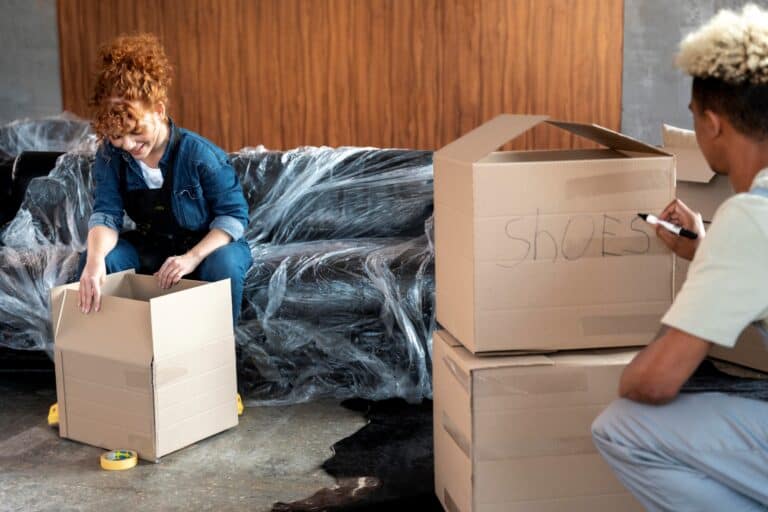Feeling overwhelmed after moving into a new home? Discover 15 practical tips on how to settle into a new home after moving. From organising your unpacking process to personalising your space, these steps will make your transition smoother and faster.
Key Takeaways
- Change your address promptly to avoid missing important mail and prevent identity theft.
- Unpack strategically by focusing on high-traffic areas first like the bathroom, bedroom, and kitchen.
- Set up essential utilities and connectivity before moving in to ensure a smooth transition.
Change Your Address Promptly
One of the first steps after you’ve moved house is to change your address promptly. This might seem like a minor task, but it’s crucial to avoid missing important communications and to update essential stakeholders. Failing to update your address can result in mail going to your old home, which presents risks such as identity theft and missing out on vital information.
To update your address, you have a couple of options. You can do it online at USPS.com, which is quick and convenient. Alternatively, if you prefer a more hands-on approach, you can visit one of the more than 33,000 local Post Office locations. Enhancements to the change of address service include additional identity verification methods, which help address global identity theft concerns.
Don’t forget to update your new address with your bank and other financial institutions to ensure all your statements and important documents reach your new location. This small step can save you from a lot of potential headaches down the road.
Unpack Strategically
The unpacking process can feel daunting, but with a strategic approach, you can stay organised and settle in smoothly. Start by focusing on unpacking rooms used most often, such as the bathroom, bedroom, and kitchen. These high-traffic areas are essential for daily living and should be prioritised to make your new house feel more like home quickly.
Before you start unpacking, it’s a good idea to plan your packing process. Here are some steps to follow:
- When unloading at your new home in Uxbridge, box your items by room.
- Label the boxes.
- Place the relevant boxes in the proper room. This will make the unpacking process more organised and efficient. This way, when you start unpacking, everything is already where it needs to be, which makes the task less overwhelming. Unpack one box at a time and prioritise essential items to avoid feeling swamped by the number of moving boxes around.
To maximise efficiency while unpacking, follow these tips:
- Position large items like furniture first to free up space for smaller items.
- Stay organised throughout the process to make decorating easier and ensure that all boxes get unpacked.
- Pace yourself and don’t feel pressured to unpack everything in the first week.
- However, try to complete the unpacking process within three weeks to avoid procrastination and lingering boxes.
Following these tips will help you unpack efficiently and create a comfortable living space.
By following these tips, you’ll find the unpacking process less stressful and more manageable, helping you settle into your new home with ease.
Clean Thoroughly Before Settling In
Before you start unpacking, take the time to clean your new home thoroughly. This is essential for starting fresh and getting rid of any dirt or negative energy left by previous owners. A deep clean ensures that your new environment is hygienic and comfortable, making it easier for you to settle into your new space.
Cleaning your new home before moving in also provides an opportunity to:
- Identify areas needing repairs or replacements
- Remove dust and debris in unexpected places
- Deep clean new construction homes
- Thoroughly clean established homes to remove accumulated dirt in hidden areas
Pay special attention to appliances like the refrigerator, which might have odours from previous occupants. Using a mixture of baking soda and water can help freshen up sink drains and garbage disposals. By ensuring your home is clean from the start, you create a safe environment where you can feel truly comfortable and at ease.
Set Up Utilities and Connectivity
To avoid any disruptions during your first night in your new home, make sure to set up all essential utilities and connectivity before moving in. These include:
- Electricity
- Gas
- Water
- Phone
- Internet
- Television
- Garbage
- Recycling services
Ensuring these services are functioning properly and up and running is crucial for a smooth transition into your new environment.
Contact your energy supplier before moving to Uxbridge to avoid paying for energy you didn’t use. Here are the steps to follow:
- Provide them with at least 48 hours’ notice.
- Read your meters on the day you move out.
- Give the readings to your supplier.
- Don’t forget to give them a forwarding address for your final bill.
If your new home has a prepayment meter, inform the current supplier immediately. You might consider replacing it with a smart meter in credit mode to make managing your energy usage easier. By taking these steps, you ensure that your new home is fully functional from day one.
Prioritise Safety Measures
Safety should be a top priority when moving into a new home. Start by checking and installing essential safety devices such as smoke and carbon monoxide detectors to ensure your home is equipped to handle emergencies. These devices are crucial for maintaining a safe environment and can provide peace of mind.
Changing all locks when you move in is another essential step to prevent unauthorised access. This includes both indoor locks and reprogramming your garage door remote and codes. Setting up a comprehensive security system with security cameras, motion detectors, and reinforced windows and doors can further deter potential burglars.
Additionally, ensure your home is free of hazardous materials like lead paint and asbestos by hiring a construction professional. Creating an emergency response plan and knowing the location of the nearest hospital can also be vital in handling critical events. By prioritising these safety measures, you can create a secure and comfortable living space for you and your family.
Familiarise Yourself with Key Home Functions
Understanding the key functions of your new home is crucial for handling emergencies efficiently. Start by locating the circuit breaker and water shut-offs. Knowing where these are can save you valuable time in an emergency.
The circuit breaker panel is commonly located in:
- the basement
- the garage
- the utility room
- a closet
- a hallway
In some regions, you might find it on the exterior of the house, often near the meter. To locate the breaker box, trace where the power lines enter the house and follow the conduit inside. For homes with underground wiring, look around the perimeter at ground level.
Before risking blowing a breaker, it’s advisable to check that all the switches in the circuit box are clearly and properly labelled. Familiarising yourself with these key home functions can help ensure that your new house feels like a functioning, familiar space from the get-go.
Personalise Your Space
Making your new house feel like home involves adding personal touches and decorations that reflect your style and personality. Start decorating with intention, focusing on elements that make the space feel comfortable and inviting. Hanging family photos is a quick way to add warmth and familiarity to your new space.
Consider these home decor ideas to enhance your space:
- Paint an accent wall to create a focal point and bring a splash of colour to your home.
- Place fresh flowers in any room to instantly make it feel friendlier and add a touch of nature and vibrancy.
- Add a fluffy rug to a room to not only add cosiness but also make the space feel more comfortable.
By personalising your space, you express your individuality and make your new home truly yours. Whether it’s through furniture, artwork, or small decorative items, these personal touches can help you settle into your new environment and feel more at ease.
Help Children and Pets Adjust

Moving can be especially stressful for children and pets, but there are ways to help them adjust and feel at home. Here are some tips to make the transition easier:
- Inform children about the move early, giving them ample time to prepare and say goodbye to the old house.
- Involve your children in the unpacking process by letting them help set up their rooms, allowing them to decide where to place their favourite toys and furniture. This can make the transition into the new space more enjoyable for them.
- Maintain regular routines to provide a sense of normalcy and stability during this transition.
For pets, it’s important to create a quiet and familiar space where they can retreat. Keep them kenneled while you move and arrange furniture to prevent them from getting underfoot. Ensure they have their bed, favourite toys, plenty of food and water, and a safe environment free of hazardous materials.
By taking these steps, you can help your children and pets settle into their new home more comfortably and with less stress.
Explore Your New Neighborhood
Exploring your new neighbourhood is a great way to make your new house feel more like home. Start by doing a quick grocery shop to find the local grocery stores and avoid relying on fast food. Getting to know your surroundings helps you feel more comfortable and familiar with the new environment.
Join local clubs, attend community events, and check out local shops and restaurants to immerse yourself in your new neighbourhood. By engaging with the local area, you can build new friendships and create a sense of belonging in your new home.
Meet Your Neighbours
Meeting your neighbours is an excellent way to:
- Build friendships
- Create a local support group
- Form emotional bonds with your new home
- Make the transition smoother
- Foster a true sense of belonging
- Feel like part of the neighbourhood fabric
Building friendships with your neighbours helps create a local support group and makes you feel like part of the neighbourhood fabric.
Increase your visibility by:
- Spending time in your yard
- Participating in outdoor activities
- Walking your dog to meet fellow dog-owning neighbours
- Organising a street party
- Having a BBQ in your front garden
- Hosting a yard sale
These are casual ways to meet your neighbours and increase your visibility.
TIP
By making an effort to meet your new neighbours, you create essential social connections that enhance your sense of belonging in the community. Engaging with those around you helps establish a supportive network, making your new home in Uxbridge feel more familiar and welcoming.
Review HOA Rules and Local Regulations
Reviewing HOA rules and local regulations is essential to ensure compliance with community guidelines and avoid potential conflicts. Some important rules to be aware of include:
- Property appearance guidelines
- Occupancy limits
- Noise restrictions
- Pet policies
- Parking regulations
HOA rules, also known as Covenants, Conditions, and Restrictions (CC&Rs), must be followed by all homeowners in the community. It is important to familiarise yourself with these rules to maintain a harmonious living environment.
The Architectural Review Committee (ARC) enforces restrictions on property exteriors to maintain consistency in the community’s appearance. HOAs often have specific pet guidelines, including breed restrictions and the number of pets allowed. They also set noise restrictions, typically requiring quiet during the evening and early morning hours.
Understanding these rules and regulations can help you avoid conflicts and ensure that you are in compliance with community standards.
Schedule Maintenance Work Early
Scheduling maintenance work early can prevent larger, more costly repairs in the future and ensure a safe and comfortable living environment. Addressing repairs and maintenance issues promptly helps you settle into your new home more smoothly.
Create a maintenance checklist to stay on top of necessary tasks and keep your home in good condition. Tasks that should be done in the first six months include installing a whole-house surge protector, replacing traditional rubber washing machine hoses, and flushing the water heater.
By staying organised and proactive with maintenance, you can save time and prevent potential problems down the line.
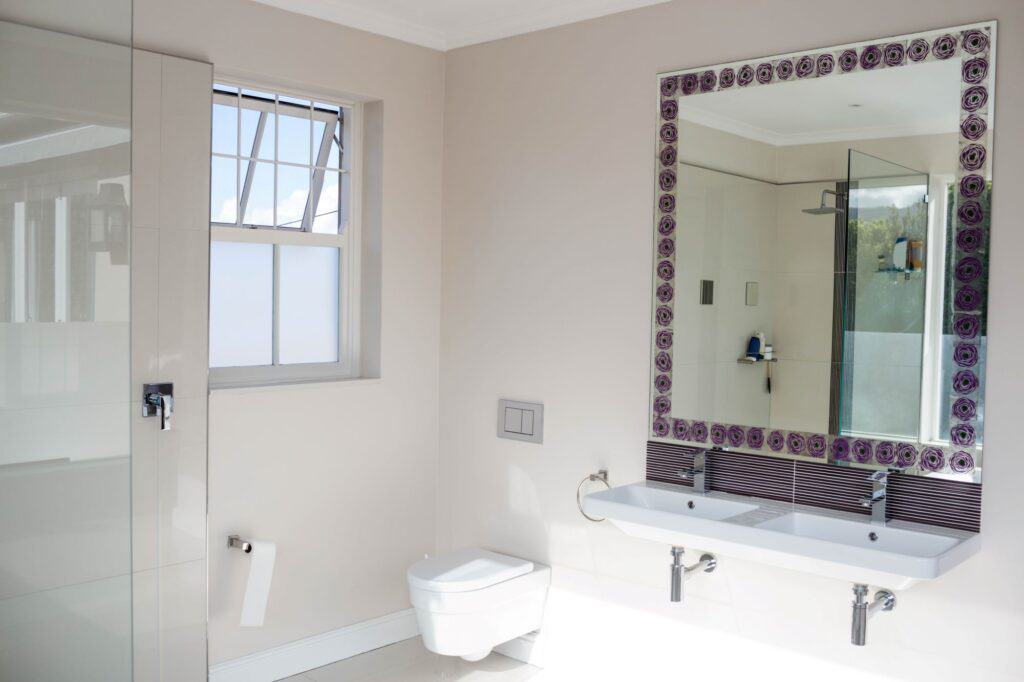
Organise Important Documents
Gathering and organising important documents before moving is crucial to ensure that nothing gets lost in the shuffle. Here are some steps to follow:
- Collect all necessary documents for each family member, such as birth certificates, passports, and medical records.
- Store them in individual pocket folders.
- This helps keep everything easily accessible and prevents important papers from getting misplaced during the move.
Once you’ve moved, here are some steps to follow:
- Designate a specific place in your new home for document storage.
- Consider using a fireproof safe to keep all important document folders in a central, secure location.
- Make copies of all important documents and store them in a separate, safe location to ensure you have backups in case of emergencies.
- Consider creating a video walk-through of your home, which can be crucial for insurance claims in the event of a disaster.
Host a Housewarming Party
Hosting a housewarming party is a wonderful way to celebrate your move and form new connections with your neighbours. It’s an opportunity to introduce yourself to the community and officially settle into your new home. Choose a specific date and time for the party, preferably on a weekend or an evening by the end of the week, and send invitations well in advance to ensure guests can reserve the date.
Choose a specific date and time for the party, preferably on a weekend or an evening by the end of the week, and send invitations well in advance …
To prepare for your housewarming party, follow these steps:
- Prepare a variety of simple snacks and drinks, considering dietary restrictions and including vegetarian and gluten-free options.
- Plan games such as Twister, karaoke, card games, and beer pong to entertain guests and make the event more enjoyable.
- Show your new home to guests as they arrive to make it more personal and allow them to appreciate your space.
A housewarming party not only helps you meet your new neighbours but also makes your new house feel more like a home. Plus, it’s a fun way to celebrate this big change in your life.
Establish a Routine
Establishing a routine is essential for minimising stress and improving overall mental health during the transition into your new home. Demonstrating a commitment to normal routines reassures your family that the move is just a temporary adjustment, making everyone feel more at ease and settled. It helps everyone adjust and feel more comfortable. Reevaluating and adjusting your morning routine can help you adapt to the new environment more efficiently.
Getting back into cooking home-cooked meals can create a sense of normalcy and make your new house feel more like home. Allow yourself some space by setting boundaries and reducing commitments during the initial transition period. If possible, consider moving during school holidays to avoid disrupting your children’s education and give them time to adjust.
By establishing a routine, you can reduce stress and make the transition into your new home smoother and more enjoyable for everyone.
Summary
Settling into a new home involves a series of strategic steps that ensure a smooth transition and create a comfortable, welcoming environment. From changing your address promptly and unpacking strategically to setting up utilities and prioritising safety measures, each task plays a crucial role in making your new house feel like home.
By familiarising yourself with key home functions, personalising your space, helping children and pets adjust, and engaging with your new neighbourhood and neighbours, you can build a sense of belonging and community. Hosting a housewarming party, organising important documents, scheduling maintenance work early, and establishing a routine further enhance your settling-in process. Embrace these tips, and you’ll find yourself feeling settled and at home in no time.
Frequently Asked Questions
Why is it important to change my address promptly after moving?
It’s important to change your address promptly after moving to avoid missing important communications and to update stakeholders. This also helps prevent identity theft by ensuring your mail goes to the correct location.
How should I prioritise unpacking after moving into a new home?
You should prioritise unpacking high-traffic areas like the bathroom, bedroom, and kitchen first. Unpack one box at a time while staying organised by labelling boxes. Good luck with the move!
What safety measures should I prioritise when moving into a new home?
Prioritise installing smoke and carbon monoxide detectors, changing all locks, and setting up a comprehensive security system to make sure your new home is safe and secure.
How can I help my children and pets adjust to a new home?
To help your children adjust to a new home, inform them about the move early, set up their rooms first, and maintain regular routines. For your pets, create a quiet and familiar space with their bed, toys, and food to help them feel comfortable.
Why is it important to explore the new neighbourhood after moving?
It’s important to explore your new neighbourhood after moving because it helps you find local stores, community centres, and points of interest, making your new house feel more like home. It also helps you build new friendships and create a sense of belonging.
